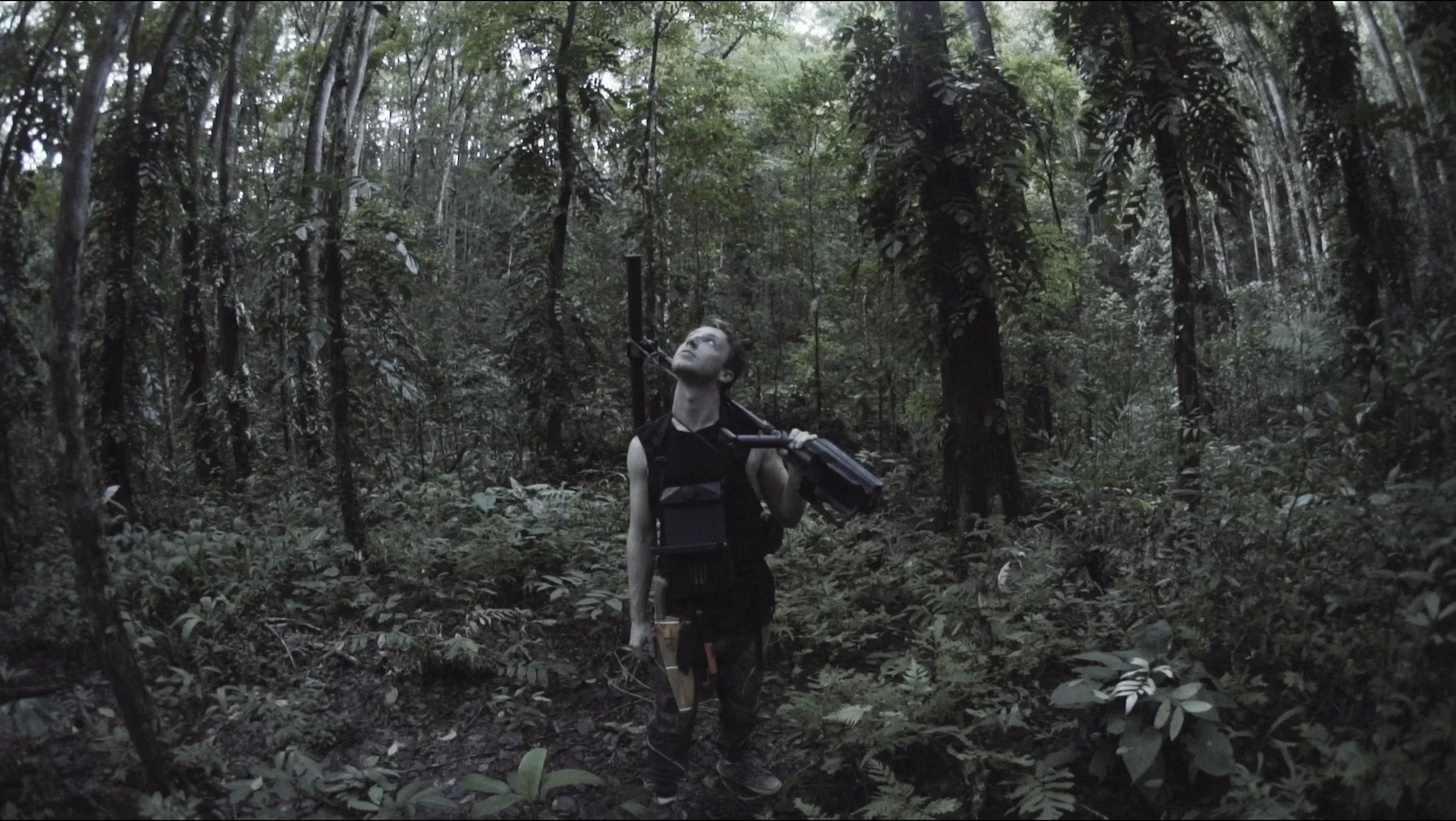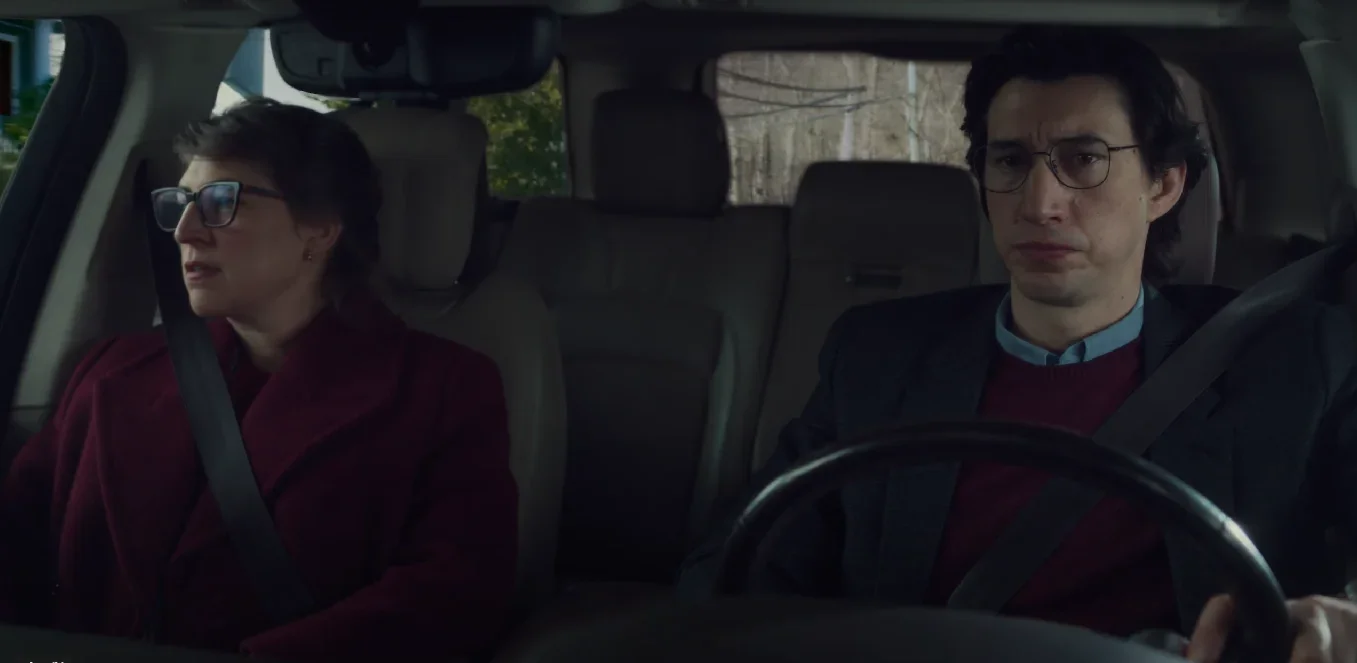‘Spencer’ REVIEW: A dark surrealist fable come to life
‘Spencer’ REVIEW: A dark surrealist fable come to life
Kristen Stewart does the best acting of her career as Princess Diana.
A fable is striking for many reasons. One can be drawn to its other-worldly creatures and phantasmagorical milieu. Other times, it is the impressive allegory and shrewd morality which can draw widespread appeal. But, most of all, a fable is elevated when it finds truth in fantasy.
Director Pablo Larraín is aware of the strengths of a fable. In telling a surrealist and impressionistic tale, he conflates fiction with reality, often finding parallels in history and morals in tragedy. Heartened by a career-defining turn by Kristen Stewart, Spencer shows the ephemerality of grandeur, the rigidity of aristocracy, and the enduring humanity of Diana.
The film takes place in three days at the famed Sandringham estate during Christmas 1991. It does not place itself during a well-documented period of Princess Diana’s life; instead, it opts to capture a snapshot of a simple festivity; a Christmas dinner. Presumably, a way to show how even inoffensive and linear royal feasts can be inherently suffocating.
A still from Spencer’s cold open.
Diana is introduced driving by herself, without bodyguards or royal escorts, finding her way into a castle that seems far, far away. Contrasting her is the delivery of food and comestibles treated like fragile military weaponry, too important to be treated laxly. The kitchen is treated as a war room, with the royal head chef played by Sean Harris acting more like a sergeant imposing a gastronomic iron fist on his corporals.
The cold open is oozing with quiet tension, made even more frigid by Claire Mathon’s intricate and probing cinematography. As the royals arrive in Sandringham, Larraín puts no focus on them. They’re mere ornaments relegated to the background, a shadowy group of figures who symbolize nothing more than excess and profligacy. Diana feels like the only real human among them.
Stewart achieves the tiny nuances and mannerisms that belong to Diana. While Emma Corrin captured the youthful jubilance that permeated her early years in The Crown, Stewart conveys Diana’s diffidence and reticence after already being in the royal family for ten years. She also shows layers upon layers of vulnerability that is merely spoken through body language and subtle glances. Notably, the depiction of her claustrophobia and bulimia are so visceral and palpable; it’s a testament to the immense physicality that Stewart brings to the role.
There’s a brilliant scene, arguably one of the standout scenes of the year so far, where Diana is dining with the other royals, and she finds difficulty eating dessert. An ordinary biopic would have treated the scene conventionally, but not Larraín; he uses physical objects to symbolize more than just ideas, but sensations; feelings of despair and anxiety. The acting of Stewart here is outstanding, and the composition of the sequence is pure cinematic impressionism.
One of the standout scenes of the year occurs in a royal dinner.
Jonny Greenwood’s score is brazenly individual, colorful, and haunting. Instead of traditionally using ostentatious trumpets and pompous harpsichords, he turned to free-jazz players to display Diana’s vivid individuality. The result is a score that elicits feelings of claustrophobia and chaos, often graceful but eerie at times. It is plenty of things happening at once; it’s turbulent, jumpy, oblique, and, frankly, one of the year's best scores.
There are beautifully intimate scenes between Diana, her two sons, and a severely underused Sally Hawkins. When Diana plays a simple game revealing honesty between her, William, and Harry, it’s an escape from her anxiety and uneasiness. She finds confidence in her children inasmuch as her children find comfort in her. She desires to give them a more normal life, the life she once had despite her royal upbringing as a Spencer.
Hawkins plays Maggie, Diana’s royal dresser and trusted confidant. She represents one of the rotating set of characters, including Timothy Spall’s Major Alistar Gregory and Sean Harris’ Chef Darren McGrady, who try to nudge Diana into paths of survival. Maggie assiduously takes care of Diana, often hearing her rants about Charles’ affair and her worries about the family. If it weren’t for a pleasantly surprising reveal at the end, Maggie would have been an afterthought. Regardless, Hawkins, along with Spall and Harris, are serviceable, if not middling, in their roles.
Kristen Stewart’s Diana with Prince William and Harry.
A facet of history that constantly gnaws on Diana’s mind is the story of Anne Boleyn and how the monarchy killed her due to allegations of her infidelity. Writer Steven Knight smartly sheds light on a potent parallel between two focal points of royal history and, in doing so, crafts a dilemma rooted in foreboding. At one point, Diana tells her children that “the past and the present are the same thing,” perhaps hinting at how her fate and Anne Boleyn’s fate are bound to have similar outcomes. This central fear comes to a head in the climax, which finds Larraín’s magical realism in full force, and it’s nothing short of an astounding emotional moment.
In some cases, Spencer need not depend on fiction to portray Diana’s trepidation. There is a swarm of cameras that bedevil Diana. A pack of unseen hounds tracking her every word and movement. A noose on her neck that pretends to be exquisite pearls. And a specter of her childhood home, serving as her last sanctuary, growing ever so out of reach. These are ideas that feel so assuredly Princess Diana, a portrait of a figure sullied by both her public and private personas.
In the film’s penultimate scene, we are treated to a balletic dance symbolic of Diana’s growth from a child to one of the most famous royal figures of recent memory. She asks Maggie what will people think of her 500 years after her reign, and it’s a bittersweet scene when paired with what’s to come in the remaining years of her life.
At least, in a brief moment of unhindered freedom, she transcends being just mere currency and bifurcates cyclical patterns of royalty. In an act of courage, she brings William and Harry along with her to experience the present, forget about the past, and feel excitement for the future. If there ever were a more resonating image of Diana, then this would be it.
Spencer is now playing in cinemas.

















